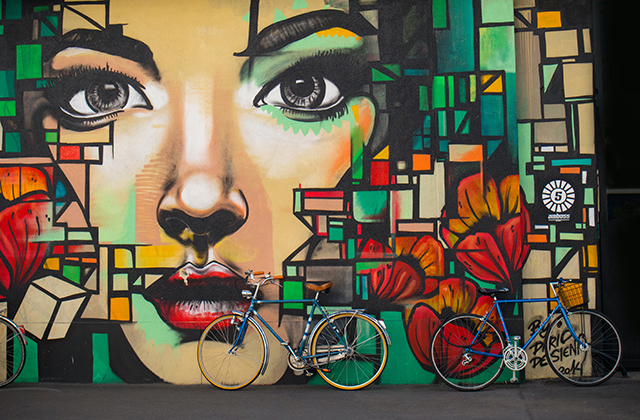A decade of popular art styles but now it is slowly diminishing because of concept boards. The past decade has seen a variety of popular art styles. Many are still evolving, but some are already dead, their use in new artworks long abandoned. This list is not exhaustive, but it covers enough to give the trends an idea of how they have unfolded over the last ten years.
Over the past decade, a number of visual styles have become popular. Here is a list of them: – First there was “pixel art“, which was blocky style with lots of colors. It was used for most 8-bit video games, and is still used by many indie videogame developers. – Then there was “low poly”, which was a 3D version of pixel art, but with the polygons more spread out. It was used in some videogames and some 3D models on the internet. – Then there was “chibi”, which is a kind of superdeformed style that makes characters look young or cute.
This style has been popular in anime and manga, as well as in some videogames and some webcomics. – Then there was “toon shading”, which made things look like they were drawn with pencils or crayons. This style has been popular in animated movies as well as certain videogames and webcomics. – Then there was “low color” or “retro” style, where everything looked like it was made before the 1980’s. This has been popular in certain videogames, especially indie ones, as well as in webcomics and certain other games.
In the past decade there have been several interesting changes in what kinds of art are most popular. This is a trend story, not a fad story. Trends last for a long time and have many manifestations; fads come and go quickly, with a single big effect. In general, this is a trend story about three trends: the rise of hipster culture, the growth of geek culture, and the decline in popularity of country music. The Rise of Hipster Culture Hipsters are people who like obscure things.
In order to be obscure, something has to be hard to find or between steps in an established process. Hipsters search out new things just for their obscurity value. Hipsters do not care how good something is, only how cool it is. This is a recent change in what people call “taste,” and it is a big part of why all the old rules about what makes art good have been overthrown. Hipsters have risen in prominence in all areas, but they have had their biggest effect on music; indeed, it’s possible that no one has written about this yet because hipsterism itself is too new to have had its own backlash yet.
A hundred years ago the most popular art was impressionism. The Impressionists were not doing what everyone is doing now, which is to say, they weren’t painting the way everyone paints now. Today’s artists are all very different from one another. But their paintings look a lot alike. The reason, I think, is that our conception of what art is has changed since the days of the Impressionists.
In the past decade, the most popular art styles have been:
1. Art that looks like it could have been made by a computer. In particular, art that uses a process called “automated image synthesis,” where the artist does not hand-draw each element of the picture but rather lets a computer assemble it from simpler components.
2. Pictures of food.
3. Pictures of cats and dogs in human situations or wearing clothes or engaging in human activities.
4. Pictures of women in yoga poses with their clothes falling off or pictures of naked women with their private parts covered up with something like an American flag or a Christian cross (this is not an oxymoron).
5. Pictures of people in body paint, like this:
6. Photographs taken by high-speed cameras of things that look interesting when sped up, like this:
7. Photos of cute babies and animals with big eyes.*
8. Photos of famous landmarks and scenes in foreign countries with unusual perspective and lighting (like this: ).
9. Abstract pictures in non-standard colors (like this: ).**
10. Pictures made entirely out of circles or triangles or squares, especially if they appear to be rotating or vibrating
